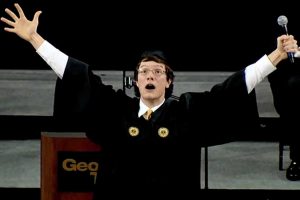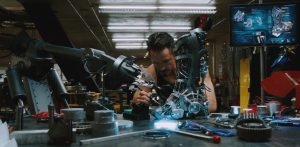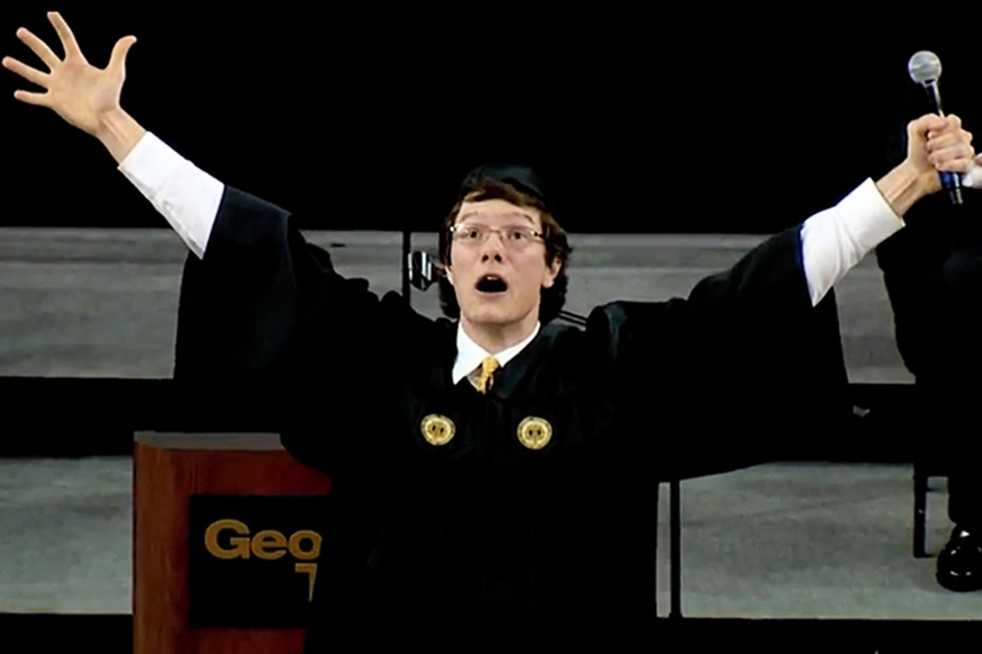Many engineering students come into college with the dream of building the Next Big Thing. That could be a dam, an app, or self-driving cars. Engineering educators have started to realize, however, that these dynamic makers and doers are running into a problem with how engineering is being taught. Static teaching methods like textbooks and blackboard lectures do not feed these students’ innovative spirit.
Dr. Alex Rattner, Mechanical Engineering Professor at Penn State University, puts it, “The classic college engineering application essays are in the lines of how these students liked to take apart radios when they were kids. These are the kind of college students we are working with.”

A perfect example: remember that freshmen orientation speech of a student at Georgia Tech, which went viral in 2013? Nick Selby welcomed incoming students by explaining that anything was possible for engineers at Georgia Tech – even building the Iron Man suit. That kind of fire is not fed by textbook diagrams – students want to see how engineering is done and do it themselves.
JoVE has served the physical, medical and life science communities for eleven years with research and educational videos, and in 2018 we’re turning our attention towards engineering. We have partnered with professors at different engineering schools — like Dr. Alex Rattner — to film essential experiments and demonstrations in their labs. We are releasing four new engineering education video series (mechanical, electrical, chemical, and bio-engineering) in February and another four (structural, materials, biomedical and aerospace engineering) later in the year.
Our goal with these eight collections of videos is to enhance engineering curriculum in multiple fields. These videos will equip engineering faculty with the resources they need to inspire and challenge the Nick Selby of their classrooms and fill in the gaps left by lecture and textbooks.
These are the students who want to learn, watch, think, solve and apply; the ones who dream of building great things and need more.

“I think a lot of students learn better if they see something being put together or visualize an actual process rather than a sterile illustration in the textbook,” said Dr. Rattner.
Incorporating videos into existing curriculum can make engineering classes more applied and visual, and we built these collections with that in mind.
“Students will get quantitative; they will learn to analyze data with these videos,” said Dr. Ioana Vladescu, JoVE Science Writer, who managed the production of Mechanical and Structural Engineering video collections. In addition to helping students with problem-solving approaches, the videos will serve as a great pre-lecture preparation resource.
Dr. Laura Dickinson, JoVE Science Writer, and manager of the Chemical Engineering video collection, said, “Pre-class viewing of the video can be typically very helpful. This helps students get more out of the lecture and be more engaged. It’s nice to be primed for class.”
Review upcoming JoVE Engineering videos
Not all college-level engineering courses are complemented with labs. Students often don’t get to see the experimental design of what they are learning in lecture. Sometimes it is not practical for the professor to set up these demonstrations in classroom-setting; sometimes small- or medium-sized institutions do not have the resources to offer as many lab courses in the undergraduate curriculum.

JoVE videos can modernize your engineering classroom with real demonstrations from real engineering labs; mainly in topics for which students are essentially missing the lab experience. Through the videos, students are exposed to these experiments, basic equipment, measurements and other components found in standard labs.
A slight enhancement to an existing engineering lecture can make a magnitude of difference in the classroom. Watching a ten-minute video may spark curiosity and encourage the possibility of making a superhero suit or a space shuttle in the mind of a Nick Selby sitting in the last row of your classroom.
While “science is about knowing, engineering is about doing,” and students will do it better if they see how it’s done.

(Fun fact: I actually contacted Nick Selby to ask which undergraduate courses can teach the fundamentals for building the Iron Man suit.
Nick responded, “We don’t currently have the technology necessary to recreate a real Iron Man suit. It would take a lot of research predicated by substantial knowledge in a variety of courses across many disciplines. I’ll bet you the team that eventually creates an Iron Man-like suit will be extremely diverse.”
Good thing we’re introducing eight different engineering topics at JoVE, right?)


